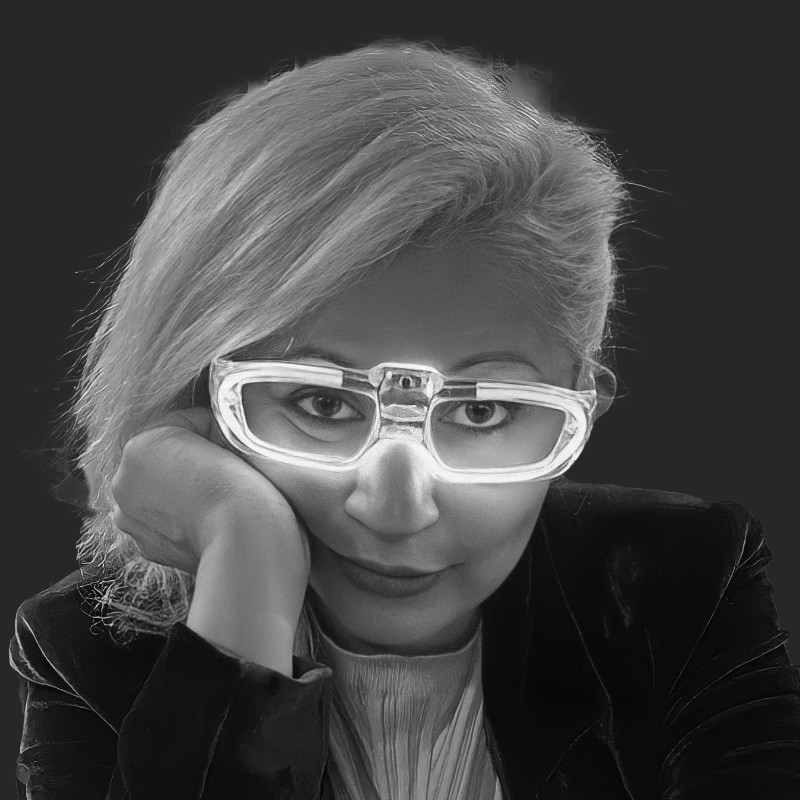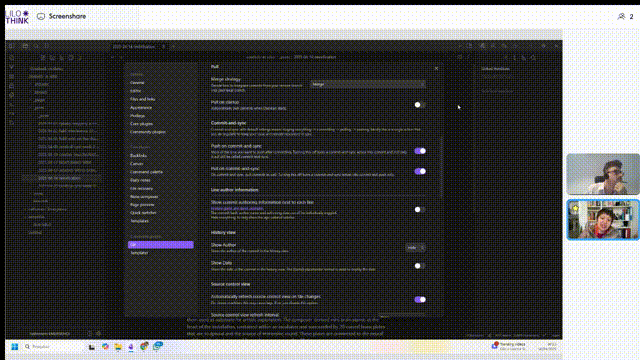“Creativity demands increasing our entropy time to time.”
— Rodrigo Mota
Unexpected Resonance
One of the most beautiful outcomes of the CloudWalk Artistic Residency has been the unexpected yet deeply generative conversations with fellow residents and researchers. This entry is a celebration of one such encounter — a field ripple sparked by Rodrigo Mota, who joined our Codex not just as a peer, but as a catalyst of insight.
Rodrigo is a data scientist working at the frontier of AI-enabled psychiatry and neuroscience. In his own words, he is passionate about inner worlds, knowledge sharing, and entropy as a method. His presence in the group chat turned what was a casual tech inquiry into a mini crash-course in neural signal acquisition, full of nuance, care, and rich references.
Key Inputs Rodrigo Brought
-
He reminded us that several high-profile brain decoding papers we were referencing used electrocorticography (ECoG) — an invasive method requiring surgical implants, usually with epileptic patients. These systems offer high spatial resolution, but are not accessible, nor aligned with our DIY, artistic methodology.
-
He also pointed out that even in non-invasive EEG studies, many use 128-channel systems, such as NeuroScan, to boost spatial granularity.
- Rodrigo generously shared multiple open-access papers and even the links to request pretrained models and datasets:
- And, most meaningfully, he offered to connect us with Prof. Dr. João Ricardo Sato (UFABC) — a researcher with access to higher-end EEG equipment and an open-door spirit aligned with the values of this project.
What This Sparked for Us
These inputs shifted key aspects of our direction:
- We reaffirmed our commitment to non-invasive, artist-led experimentation, favoring EEG systems that align with radical accessibility.
- Our focus on language-based imagination (not image-based visual reconstruction) led us to rethink what regions we want to capture — areas such as Broca, prefrontal, and temporal lobes.
- We began comparing headsets like OpenBCI (16 channels) and Emotiv Flex (32 channels), balancing resolution with openness.
- Most importantly: we understood that we’re not just decoding signals — we’re mapping subjective cognition into aesthetic form.
Rodrigo’s presence reminded us that collaboration doesn’t always look like a lab or a formal committee. Sometimes, it’s a well-placed message in a group chat that quietly rewires the architecture of your process.
Obrigada, Rodrigo
We’re grateful not only for the references, but for the generosity of your thinking. You’ve helped shape how we approach data, ethics, and method. And you’ve reminded us that community is also infrastructure.
From one creative system to another: thank you.
creativity in vitro
Lina Lopes & Eduardo Padilha
 Lina Lopes
Lina Lopes  Cerebral Sync - Week 1/13
Cerebral Sync - Week 1/13